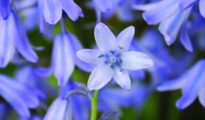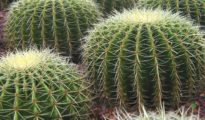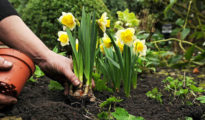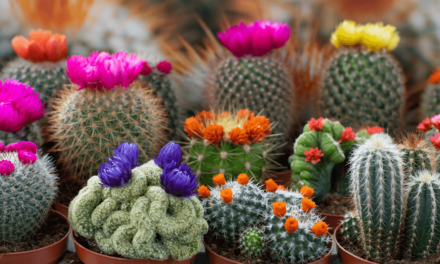Learn how to grow pleione orchids indoors or outdoors with this easy to follow gardening guide. Pleione orchids, also known as “windowsill orchids”, Glory of the East, Indian Crocus, and Himalayan Crocus, are known for their large, orversized flowers and their small stalks. Unlike regular orchids, pleione orchids have annual pseudobulbs, which means they only grow for one season and then need to be replanted again next year. The pleione orchid can be grown either indoors or outdoors. Growing pleione orchids indoors is similar to growing regular orchids. Outdoors, these orchids are hardy to about 5F, and if taken proper care of, can usually survive mild winters.
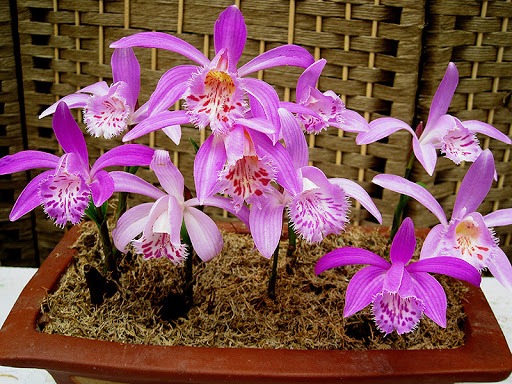
The Origins of the Pleione Orchid
Pleione orchids are native to Nepal, China, Taiwan, and Tibet. As such, they're usually found on moss, trees, and rocks. The enlarged flowers (3-4 inches across) will usually bloom in spring, with 2-3 more flowers blooming throughout the spring and summer growing season. Once the flowers fade, a single leaf will emerge and usually last all summer long. A new bulb forms at the base of each leaf, the leaves will die down in the fall, and the old bulbs will wither in the winter.
How to Grow Pleione Orchids
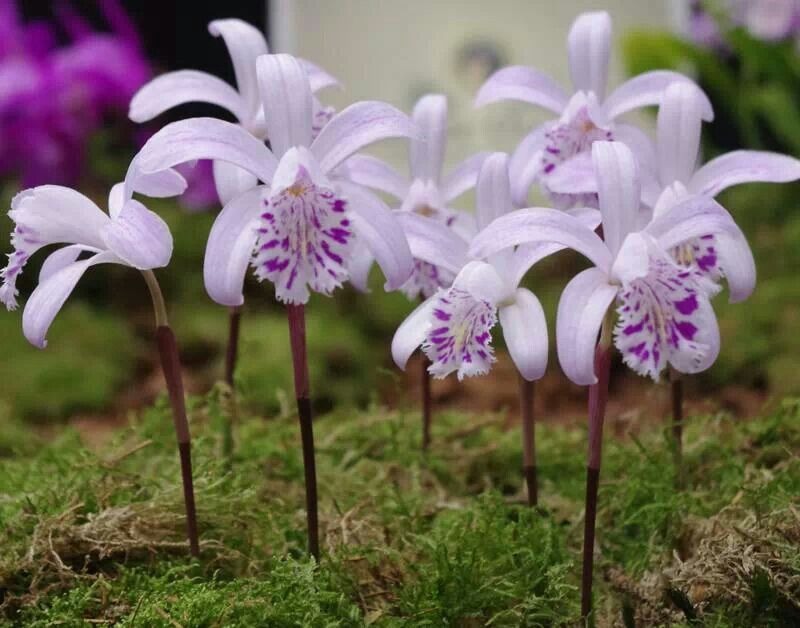
SOIL: For successful pleione growth, ensure that you use a good quality potting soil with good drainage. Additionally, pleione orchids should be placed in an area where they are sheltered from high winds. Mulch around the plant using pine needles to protect the plant during the winter.
WATER & FERTILIZER: Once the bulbs are planted, water the soil immediately just until it is moistened. Then, do not water again until the soil has become completely dry. Over watering pleione orchids can result in root rot, which can kill the plant immediately. Once the plant has established roots, fertilize using a balanced soluble fertilizer. Do this while the soil is moist, but not wet. Be sure to only water in early mornings, while it is not too hot. Avoid watering completely in the winter. Once the flowers die, the roots start to grow. At this point, only water occasionally
GROWING MEDIUM: You can also grow pleione orchids in pots or containers, by following the same guidelines as above. Pleione orchids prefer mostly shade, and do not do well in full sun. If grown outdoors, choose a spot where the plants will only receive 30% sun maximum.
TEMPERATURE: In their natural environment, pleione orchids prefer a climate that does not exceed 25C. Typically, they prefer a temperature that does not go above 25C in the summer and does not drop below 1C in the winter. Nevertheless, they can also tolerate short periods of high heat up to 35C. Some species, such as Pleione maculata, Pleione praecox, and Pleione lagenaria have shorter dormant periods and will flower in the fall and winter. These species should only be grown in areas where the winter temperatures do not drop below 10C. Alternatively, there are also species that have a longer cold dormant period, and these can sustain lower temperatures.
HUMIDITY: Pleione orchids like high humidity and good air circulation. If grown indoors, ensure that your orchid has good air circulation. In hot temperatures, mist the plant on a regular basis.


